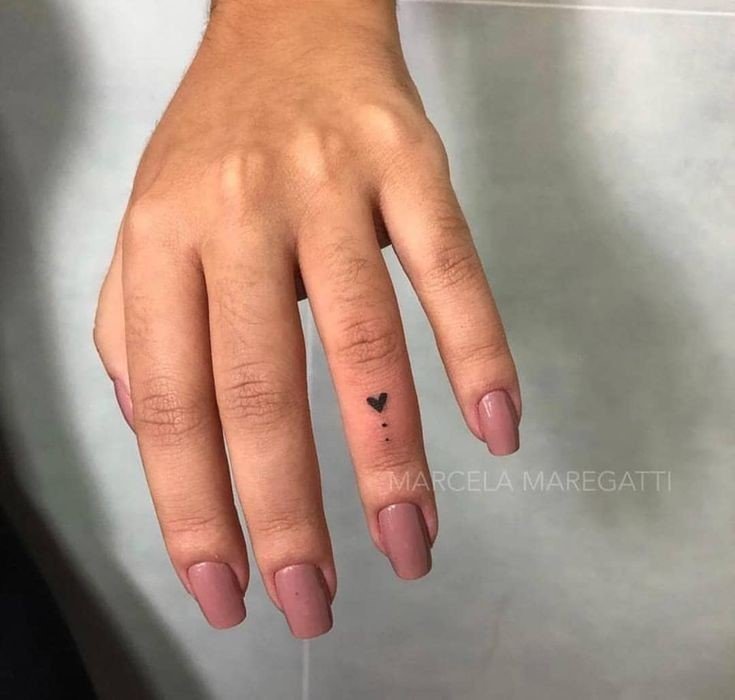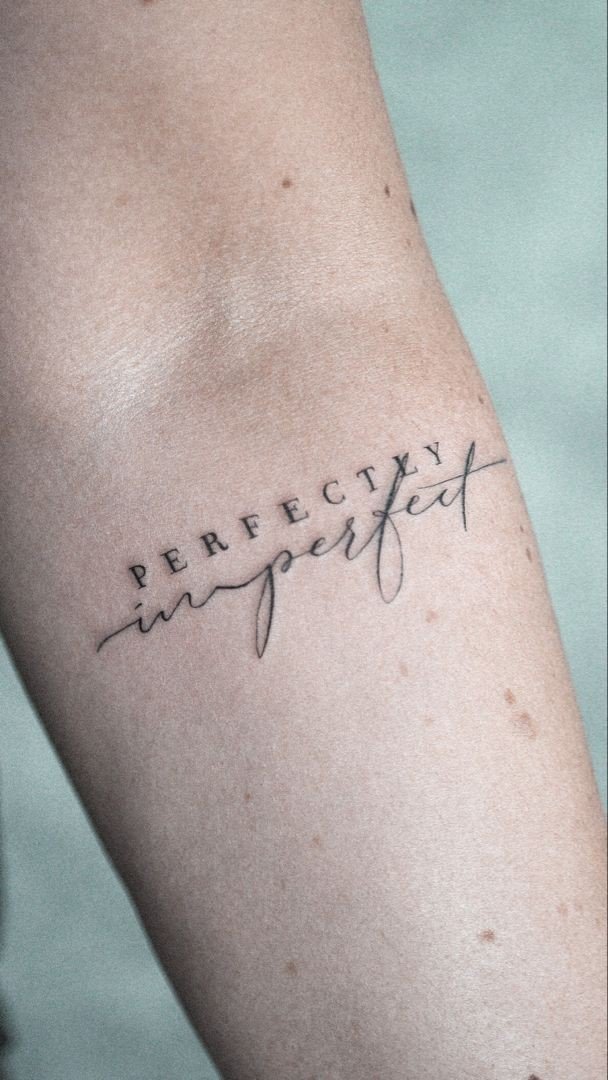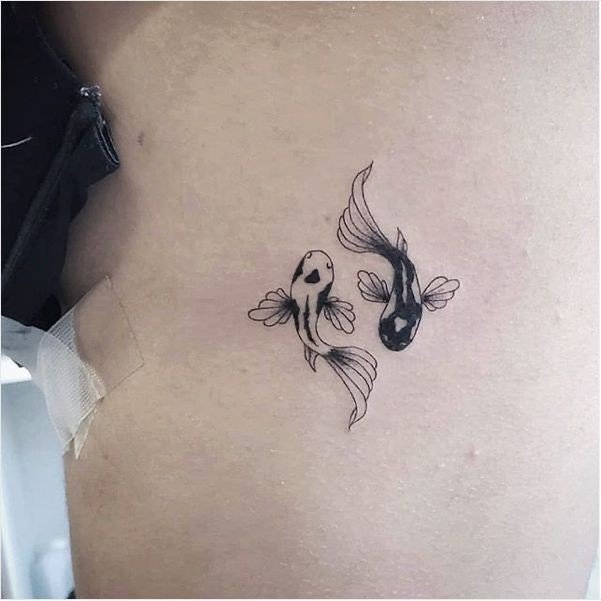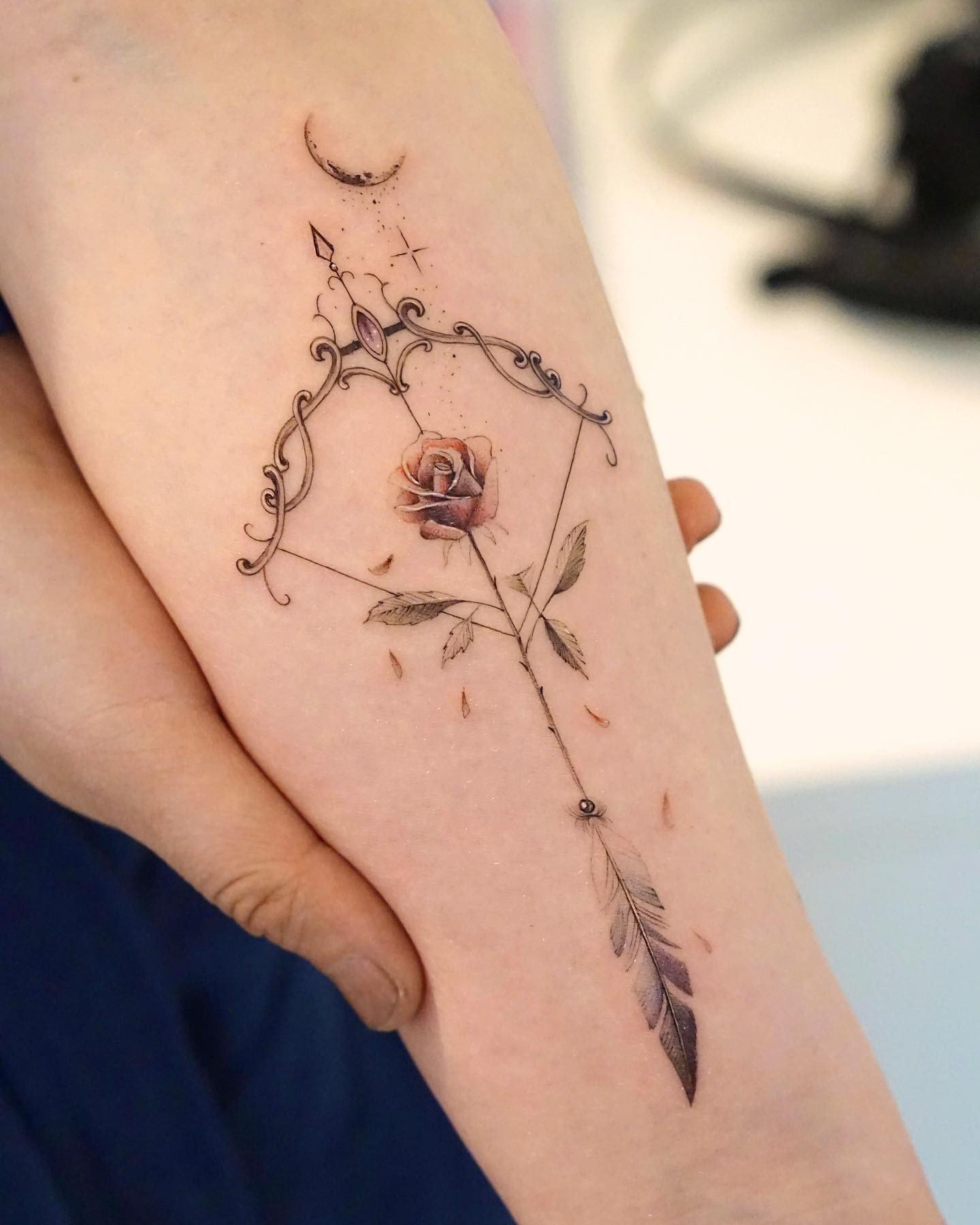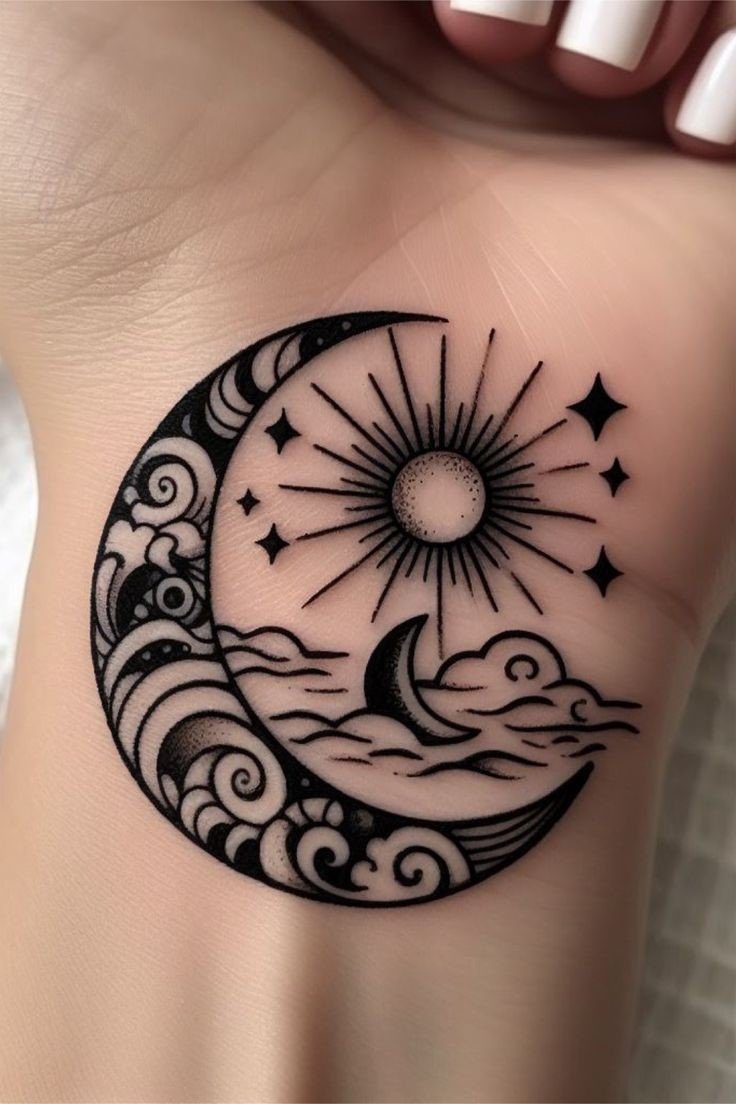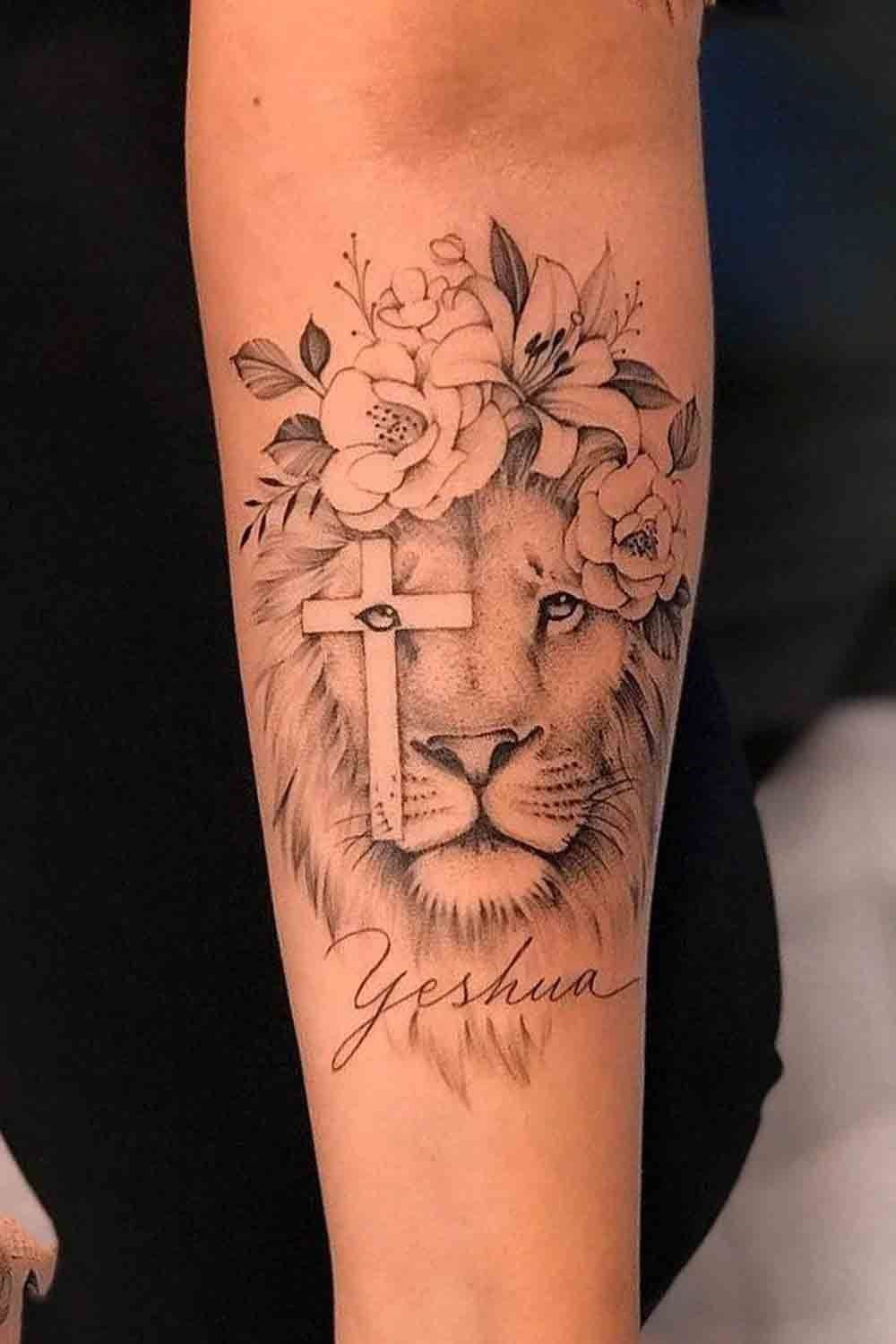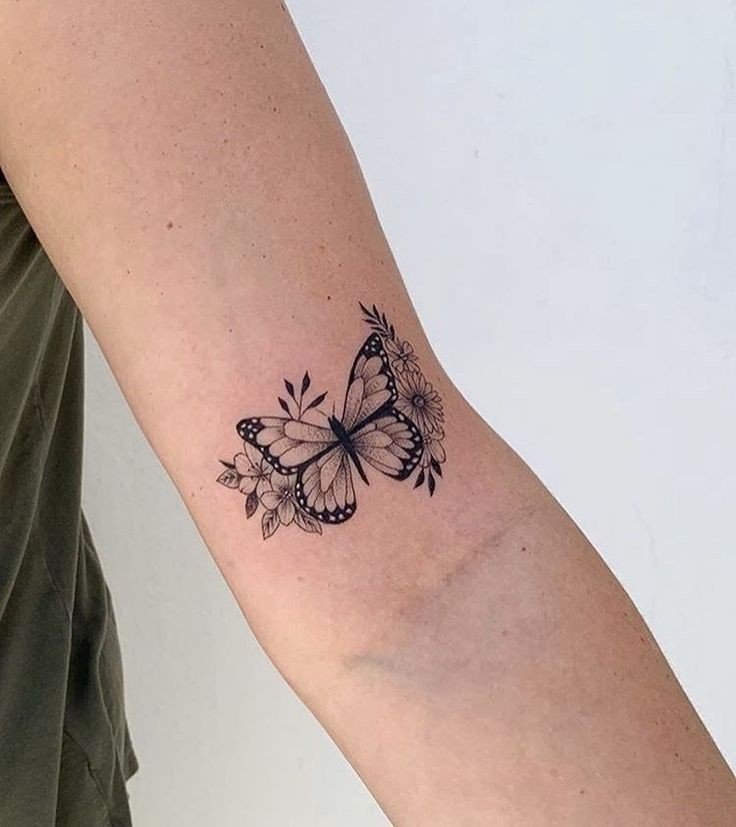The Art and Evolution of Female Tattoos: A Comprehensive Exploration
Tattoos have long been a form of self-expression, storytelling, and cultural identity. In recent decades, female tattoos have become increasingly popular, reflecting broader social changes and evolving perceptions of beauty, identity, and art. This comprehensive exploration delves into the history, trends, cultural significance, and personal stories behind female tattoos.

Historical Background of Female Tattoos
The history of tattoos dates back thousands of years, with evidence of tattooed women found in ancient civilizations across the globe. In ancient Egypt, tattoos were often linked to fertility and protection, as seen in the mummies of female priestesses and dancers. Similarly, in ancient Rome, tattoos were used to denote status and affiliation, though they were sometimes associated with slavery.
→ Clique aqui para ler o artigo completo!
→ Haz clic aquí para leer el artículo en tu idioma
→ Click here to read the article in your language
In Polynesian cultures, women’s tattoos were deeply significant, marking rites of passage, social status, and personal achievements. The intricate designs were often applied in elaborate ceremonies, signifying a woman’s maturity, beauty, and spiritual protection.
In the Western world, the perception of female tattoos has evolved significantly. In the late 19th and early 20th centuries, tattooed women often appeared in circus sideshows, viewed as curiosities or anomalies. However, these women played a crucial role in challenging societal norms and paving the way for greater acceptance of female body art.
The Renaissance of Female Tattoos
The modern tattoo renaissance began in the late 20th century, driven by shifts in cultural attitudes and advancements in tattoo technology. The feminist movements of the 1960s and 1970s played a pivotal role, as women sought new ways to reclaim their bodies and assert their individuality. Tattoos became symbols of empowerment, resistance, and personal narrative.
In the 1990s and early 2000s, the tattoo industry experienced a boom, with female tattoo artists gaining prominence and influencing the aesthetic and technical aspects of tattooing. This period saw a diversification of styles, from traditional Americana to intricate Japanese designs, and a growing appreciation for the artistry involved in tattooing.
Trends in Female Tattoos
The variety of styles and designs in female tattoos is vast, reflecting personal preferences, cultural influences, and evolving trends. Here are some popular styles and their significance:
- Floral Tattoos: Flowers are a timeless choice for female tattoos, symbolizing beauty, growth, and life. Different flowers carry different meanings; for example, roses often represent love and passion, while lotuses signify spiritual enlightenment and rebirth.
- Geometric and Mandala Tattoos: These designs emphasize symmetry, balance, and precision. Mandalas, in particular, are often linked to spiritual and meditative practices, representing the universe and the interconnectedness of all things.
- Minimalist Tattoos: Minimalist tattoos are characterized by their simplicity and clean lines. They often hold deep personal meaning despite their small size and understated appearance.
- Watercolor Tattoos: This style mimics the look of watercolor paintings, with vibrant colors and fluid, abstract shapes. Watercolor tattoos are popular for their artistic and unique aesthetic.
- Script and Quote Tattoos: Words, phrases, and quotes are a powerful way for women to express personal beliefs, values, and motivations. These tattoos often carry significant emotional weight and serve as daily reminders of important life principles.
- Animal Tattoos: Animals are popular subjects for tattoos due to their symbolic meanings. For instance, butterflies symbolize transformation and new beginnings, while lions represent courage and strength.
Cultural Significance of Female Tattoos
Tattoos can carry profound cultural significance, serving as markers of identity, heritage, and social status. In many indigenous cultures, tattoos are a vital part of tradition and spirituality. For instance, in Māori culture, women’s tattoos (moko kauae) on the chin and lips are considered a rite of passage, symbolizing identity, heritage, and social status.
In Japan, the tradition of Irezumi (traditional Japanese tattoos) has seen a resurgence among women. These tattoos often feature mythical creatures, such as dragons and koi fish, representing strength, perseverance, and good fortune.
In Western cultures, the significance of female tattoos has shifted over time. While once stigmatized, tattoos are now celebrated as a form of self-expression and empowerment. The acceptance of tattoos in professional and social settings has increased, allowing women to display their body art without fear of judgment.
The Personal Stories Behind Female Tattoos
Every tattoo tells a story, and for many women, tattoos are deeply personal expressions of their journeys, struggles, and triumphs. Here are a few stories that illustrate the diverse motivations behind female tattoos:
- Survivor Tattoos: Many women choose tattoos to commemorate their survival from significant challenges, such as cancer, abuse, or personal loss. These tattoos often feature symbols of resilience, such as phoenixes or semicolons, which represent the continuation of life despite hardships.
- Memorial Tattoos: Tattoos can serve as tributes to loved ones who have passed away. These memorial tattoos often include names, dates, and symbols that hold special meaning, providing a sense of connection and remembrance.
- Identity and Self-Expression: For some women, tattoos are a way to assert their identity and celebrate their uniqueness. This could include tattoos that reflect their cultural heritage, personal interests, or artistic tastes.
- Empowerment and Liberation: Tattoos can be a form of reclaiming one’s body and space, particularly for women who have experienced body shaming or restrictive beauty standards. Through tattoos, they can redefine their sense of beauty and self-worth.
The Process of Getting a Tattoo
Getting a tattoo is a significant decision that involves several steps, from choosing the design to aftercare. Here’s a brief overview of the process:
- Choosing the Design: The first step is selecting a design that holds personal significance and aligns with your aesthetic preferences. Researching different styles and consulting with a tattoo artist can help refine your ideas.
- Selecting the Tattoo Artist: Finding a skilled and reputable tattoo artist is crucial. Look for an artist whose style matches your vision and check reviews and portfolios.
- Consultation: Most tattoo artists offer consultations to discuss the design, placement, and any specific requests. This is also an opportunity to address any concerns or questions.
- The Tattoo Session: The tattooing process involves preparing the skin, transferring the design, and applying the ink using a tattoo machine. The duration of the session depends on the size and complexity of the design.
- Aftercare: Proper aftercare is essential for the healing process and ensuring the longevity of the tattoo. This includes keeping the tattoo clean, moisturized, and protected from the sun.
The Future of Female Tattoos
The future of female tattoos looks bright, with continued innovation and diversification in styles, techniques, and cultural acceptance. Here are some trends and developments to watch:
- Technological Advancements: Innovations in tattoo technology, such as more precise machines and better quality inks, are enhancing the tattooing process and outcomes.
- Sustainability: There is a growing movement towards sustainable and vegan tattoo products, including inks and aftercare solutions, reflecting broader environmental and ethical considerations.
- Cultural Exchange: The globalization of tattoo culture is leading to a rich exchange of ideas and styles, fostering greater appreciation for diverse tattoo traditions.
- Inclusivity: The tattoo industry is becoming more inclusive, with increasing representation of female tattoo artists and clients from diverse backgrounds. This inclusivity is broadening the scope of tattoo art and challenging traditional norms.
- Personalization: The demand for highly personalized tattoos continues to grow, with clients seeking unique designs that reflect their individual stories and identities.
Conclusion
Female tattoos are a dynamic and evolving form of art that embodies personal expression, cultural significance, and social change. From ancient traditions to modern innovations, tattoos have empowered women to tell their stories, celebrate their identities, and reclaim their bodies. As society continues to embrace the beauty and diversity of tattoo art, the future holds endless possibilities for female tattoos, each one a testament to the enduring power of ink on skin.
